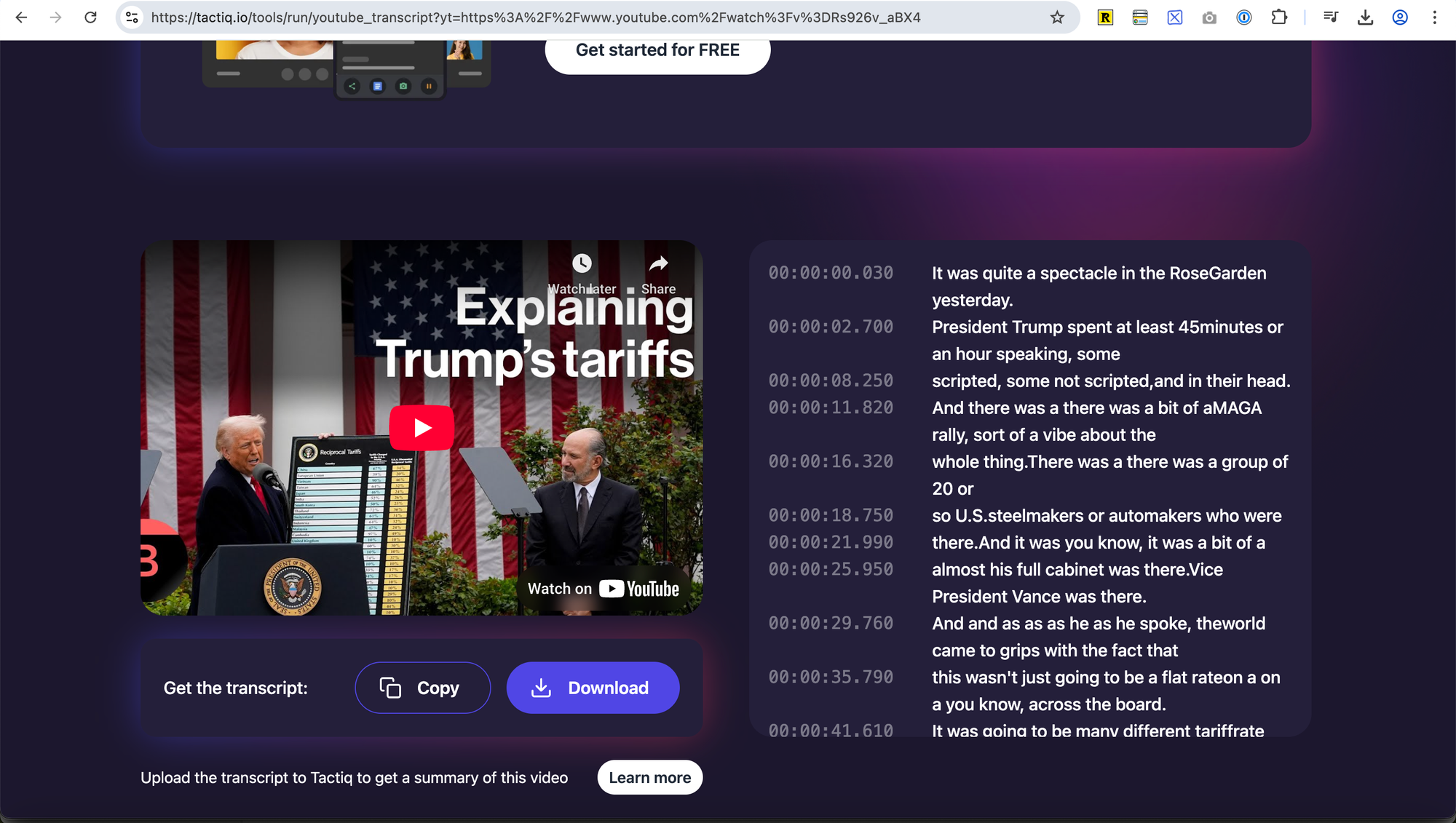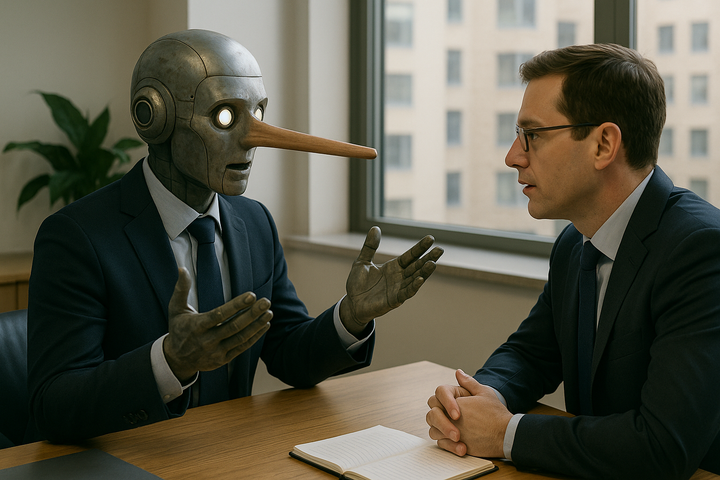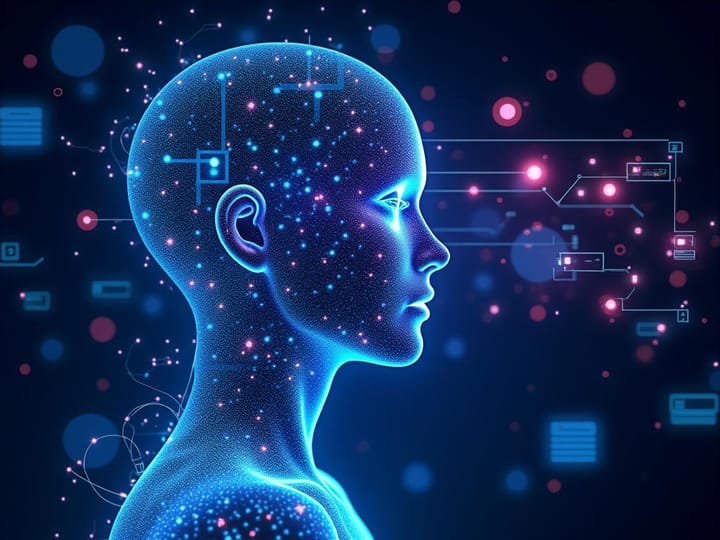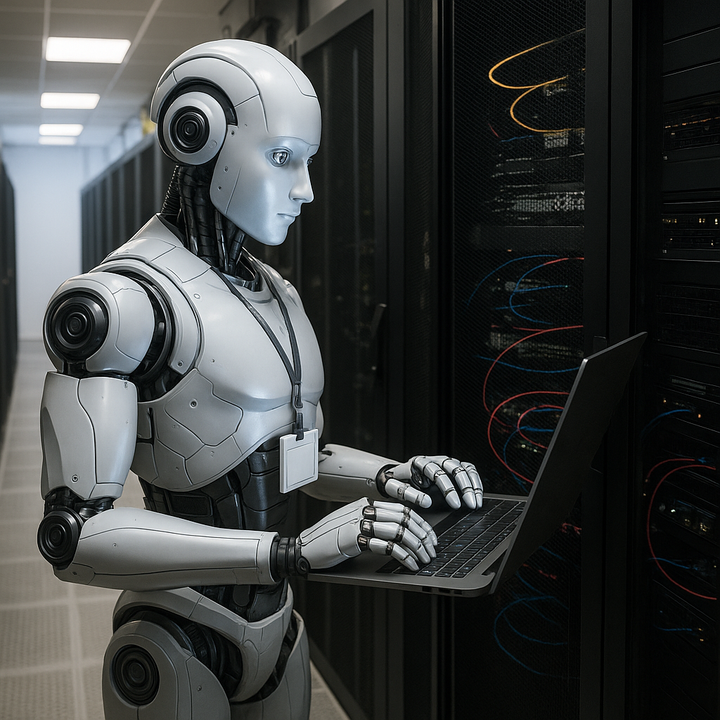Expose biased media on YouTube using AI
In 2025, YouTube is the world's second most visited site, serving as a key source for both entertainment and news. Yet, media bias remains pervasive, often unnoticed by viewers. AI offers tools to unearth these biases, providing a comprehensive perspective on contentious topics. Through an experi...
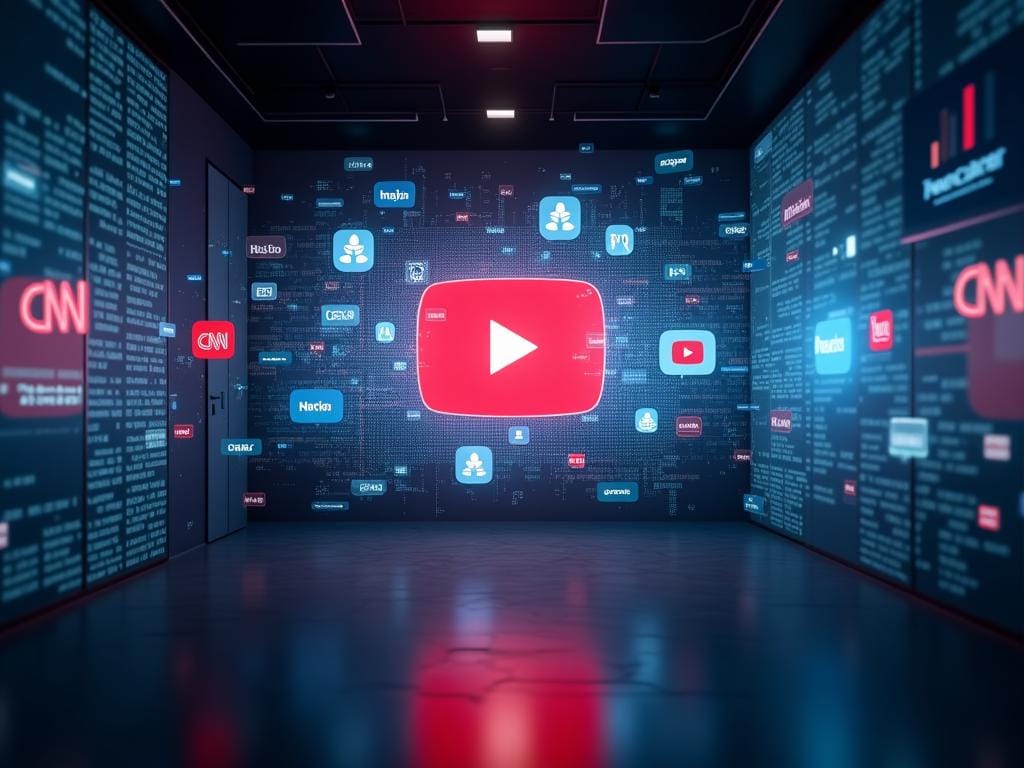
According to Ahrefs Stats, as of 2025, YouTube is the second most visited website in the world. Billions of people around the globe use YouTube not just for entertainment, but also as a primary source of news. On YouTube, you can find not only influencer or home-made videos, but also content from major news organizations such as CNN, CNBC, and various state-sponsored media channels.
This variety contributes to a very diverse media landscape. At the same time, it can be more challenging to find truly unbiased reporting on any topic.
---
Media Bias in Search Results
If you search on Google for “apple vs samsung” or “trump vs biden” or any other topics, you might see results that seem to present both sides. However, these results are rarely truly neutral; sometimes they might never be neutral at all.
One problem is that we often do not notice the bias. We are used to seeing how advertising places brands subtly in movies or series. The same is true of media. Biases can be hidden through clever framing and psychological tactics, making us believe we are receiving neutral information. We then choose a side, and our viewpoint becomes shaped by incomplete or manipulative information—often guided by political or economic interests.
---
Finding the Gaps
If you genuinely want to seek truth, you can discover these holes or gaps in reporting—places where more arguments favor one side, or where framing is used to promote one perspective over another. Most of us hardly notice these tactics, but fortunately AI can help reveal them.
I personally have an opinion regarding biased media or certain YouTube channels, like everyone else. However, I stay open to being proven otherwise. Sometimes reading through comments helps me see more perspectives, but even those can be manipulated. That’s why I decided to use AI—and not just one model but several—to gain deeper insights and see patterns or perspectives I hadn’t recognized yet. This approach has helped me confirm or disprove hypotheses, which is exactly what I wanted: not just to confirm my own biases, but to find the truth—or at least the hidden parts of it.
---
The Role of AI
With the incredible advancements in AI, we can now get a 360-degree view on any topic and see it from angles we might not have considered or even noticed before.
Using AI, we can:
- Transcribe conversations
- Analyze content using advanced reasoning to find whether it is biased
---
The Experiment
In this experiment we are going to transcribe a video explaining tariffs. The video is supposed to be informative, but we want to check whether it is truly neutral or if there is any bias.In this experiment, we will transcribe a video that explains tariffs. The video is supposed to be informative, but we want to check whether it is really neutral or if there is any bias.
Disclaimer:
I have no interest in promoting anything or convincing anyone to take any particular side. My intention is exactly the opposite—I want everyone to have access to tools that let them find the truth and make their own judgments. I chose this video because it is labeled as educational and, by definition, should be neutral (and perhaps it really is). However, of course you can run the same experiment on any topic where you have doubts about whether the reporting is unbiased—be it politics, sports, or even product comparisons.
https://www.youtube.com/watch?v=Rs926v_aBX4
---
Step #1: Transcribe
For this experiment, I use Gemini to transcribe the video. But feel free to use any other tool to do the same.
https://tactiq.io/tools/youtube-transcript
